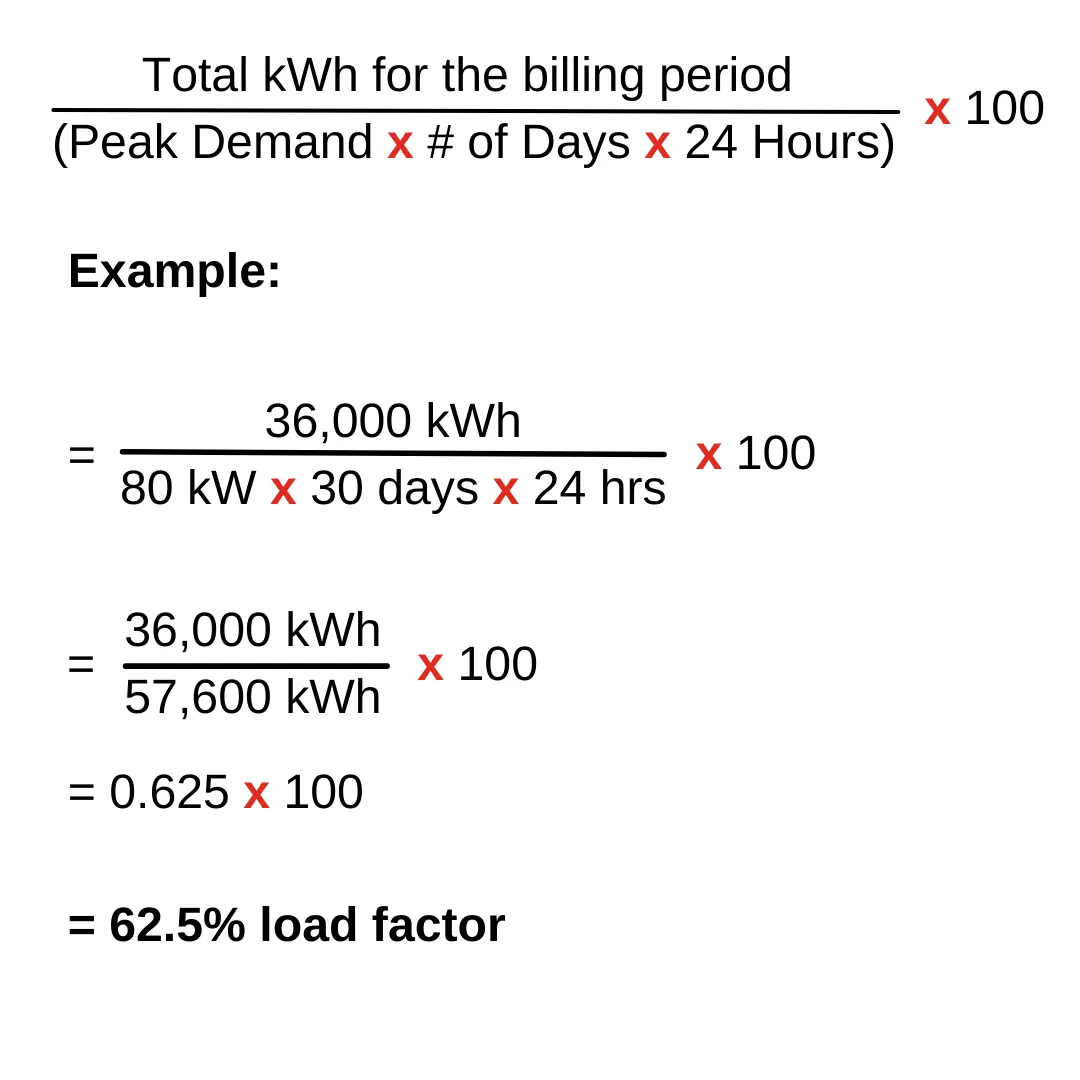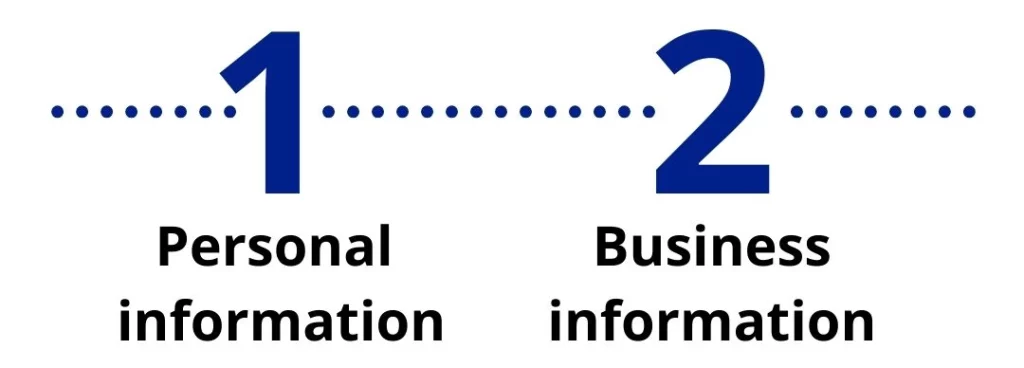What is Your Load Factor and Load Profile and Why Do They Matter?
There are many ways to reduce your energy costs, like swapping to LED Lights, improving HVAC efficiency, using programmable thermostats, etc. But a business’ monthly energy load factor and load profile are often overlooked. Improving them can reduce the demand portion of your utility bill and even help you get a better electricity rate from suppliers.
What is Load Factor?
The load factor of a business is an indication of how efficiently you are utilizing your energy. It corresponds to the ratio between your actual energy consumption (kWh) and the maximum power recorded (demand) for that billing period. A high load factor shows that you are using the electric system more efficiently, whereas businesses that underutilize the electric system will have a low load factor.
So, load factor is the ratio of efficiency in electricity used. The higher the load factor, the more efficient the electrical energy power utilization rate.
Here is an example:
Our office building is 5 stories (about 40,000 sq feet) and the majority of electricity use is spread between Monday-Friday from about 8:00 am to 7:00 pm with minimal use over the weekend. The total annual usage is around 600,000 kWh and the average load factor is about 55% (office buildings normally have a load factor between 45-55%).
Sometimes your bill will show your load factor like below:

How to Calculate Load Factor for Electricity:
If your bill does not show your load factor you can calculate it by using the following load factor formula. This load factor equation uses total kilowatt hours for the billing period, divided by peak demand, times number of days, times 24 hours, all multiplied by 100.

Save money by getting the best deals
with electricity or gas suppliers.
What is a Load Profile?
A load profile is a graph showing your electricity usage on a daily and/or seasonal basis. It shows how a business’ energy use varies over time. The graph is used by utilities and suppliers in order to determine their energy obligations for that period of time.

How to Improve Your Load Factor and Profile
Here are two different ways to improve your load factor and profile:
Demand Reduction
Distributing your electrical loads over different time periods will reduce your demand.
An example of this would be: You have 3 large machines that need to be run in a day. Instead of running them all at once from 9am to 12pm you would stagger them and run 1 from 9am to 12pm, 1 from 12pm to 3pm and the last from 3pm to 6pm.
Now obviously in your business, machine operation may overlap and that’s fine. The main point is to spread your electrical usage throughout the day as much as possible.
Increasing Production
Keeping your demand stable and increasing your overall usage can be a cost-effective way to increase production and optimize your power usage.
An example of this would be: You own a manufacturing company and expand from 1 9am to 5pm shift to having 2 shifts 9am to 5pm and 6pm to 2am. Doing this would drastically increase your load profile and load factor.
Having a good load profile and load factor shows stability and is attractive to both utilities and suppliers and this is why you will pay less with a better load profile and load factor. In fact a fair amount of suppliers won’t work with businesses below a 40% load factor.
Tips for Increasing Your Load Factor
- Implement energy-efficient practices: Consider implementing energy-efficient practices such as turning off lights and equipment when they’re not in use, using energy-efficient appliances and equipment, and optimizing heating and cooling systems. This can help reduce energy consumption and improve load factor.
- Use energy management systems: Energy management systems can help you monitor energy consumption and identify areas where you can reduce energy usage. By analyzing energy usage patterns, you can adjust your operations to reduce peak demand and improve load factor.
- Shift energy usage to off-peak hours: By shifting energy usage to off-peak hours, you can avoid peak demand charges and improve load factor. This can be achieved through time-of-use pricing or by implementing load shedding strategies.
- Conduct regular energy audits: Regular energy audits can help you identify areas where energy is being wasted and opportunities for improvement. By conducting an energy audit, you can identify the most effective ways to improve your load factor and reduce energy consumption.
- Invest in renewable energy: Investing in renewable energy can help you reduce your reliance on fossil fuels and improve your load factor. Renewable energy sources such as solar can help you generate energy during off-peak hours and reduce peak demand charges.
Want to lower your business energy rates? If you’d like a free quote please call us at 866-748-2669 or click the button below.
Save money by getting the best deals
with electricity or gas suppliers.



